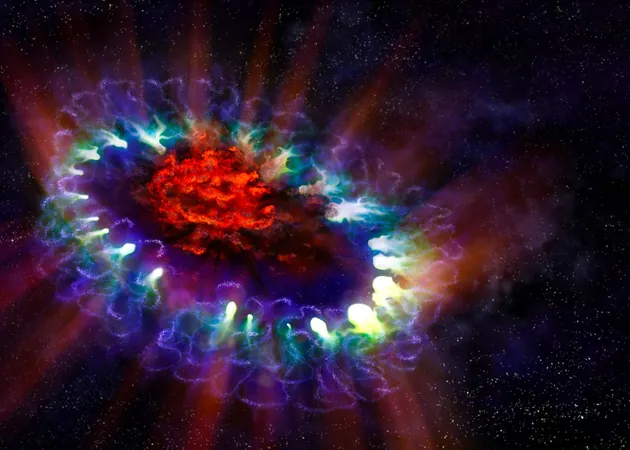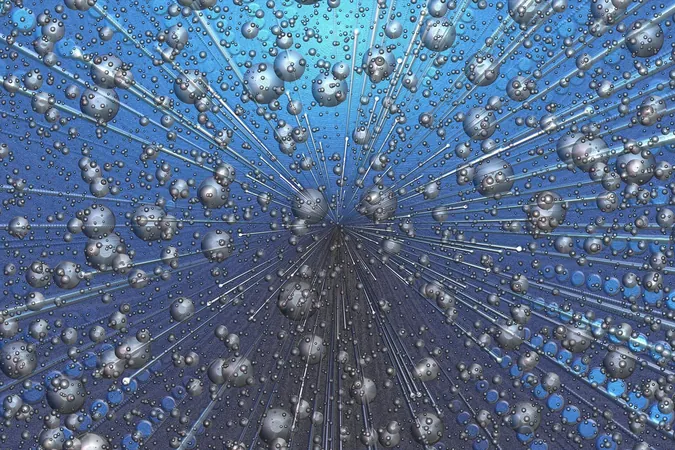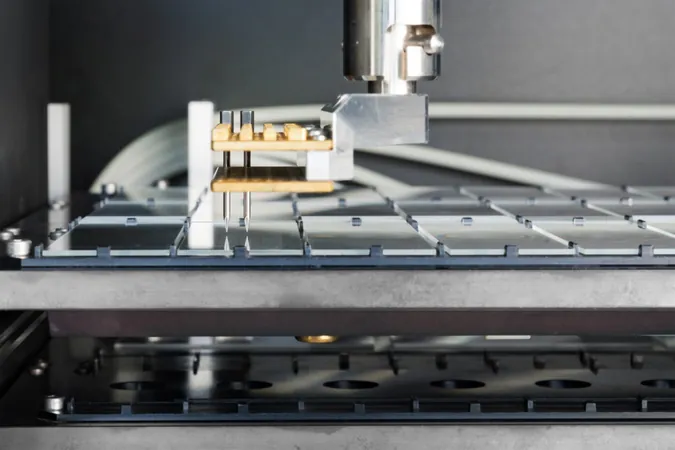
Unlocking the Secrets of Supernovae: How Stardust Reveals Our Cosmic Origins
2024-10-31
Author: Nur
Introduction to Supernovae
The cosmos is a fascinating tapestry woven from the remnants of ancient stars, and at the heart of this narrative are supernovae, the awe-inspiring explosions that mark the death of massive stars. These stellar cataclysms are not just spectacular displays; they are responsible for creating most of the diverse elements we find in the universe today. It's astonishing to think that we, too, are made from this cosmic stardust. But the intricate processes behind this creation remain shrouded in mystery.
The Role of Presolar Grains
Astronomers are eager to uncover how the various isotopes generated by supernovae influence the evolution of planetary systems. A question that continues to intrigue researchers is: which types of supernovae contribute the most to the elemental makeup we observe in the universe? To investigate these queries, astronomers have increasingly turned their attention to presolar grains.
Presolar grains are tiny particles predating our Solar System, crafted from the remnants of earlier stellar events. These grains can originate from supernovae or stellar collisions, each carrying a unique isotopic signature that provides insight into their cosmic history. For decades, scientists were limited to the analysis of presolar grains found in meteorites. However, groundbreaking missions like NASA's Stardust have expanded our horizons by capturing particles from comets, enhancing our understanding of these ancient materials.
Advancements in Observational Techniques
Recent observations from cutting-edge facilities like the Atacama Large Millimeter/submillimeter Array (ALMA) have enabled astronomers to probe the isotopic ratios of these presolar grains in situ, allowing for exploration both in laboratories on Earth and in the universe itself. A fresh study has launched an investigation into the relationship between presolar grains and their origins, particularly highlighting the role of supernovae.
Insights from Recent Studies
One of the key findings indicates that the physical collection of presolar grains is vital for deciphering their origins. For instance, Type II supernovae, often referred to as core-collapse supernovae, generate Titanium-44—an unstable isotope. As this isotope decays, it can lead to an excess of Calcium-44 in presolar grains. Remarkably, grains from young star systems can also exhibit a similar Calcium-44 excess. Distinguishing between these two origins is not straightforward; analyzing isotope ratios alone doesn't suffice. Instead, investigators must scrutinize the distribution of Calcium-44 within the grains themselves.
Utilizing advanced techniques like nanoscale secondary ion mass spectrometry (NanoSIMS), researchers can delineate the origins of grains sourced from meteorites and uncover the intricacies associated with isotopes of silicon and chromium as well.
Conclusion: The Ongoing Quest
While this study underscores the challenges inherent in piecing together the stories of presolar grains, it also paves the way for deeper insights into the processes that forge elements in the hearts of massive stars. With ongoing research, we inch closer to unraveling how these celestial phenomena impact fundamental questions about our existence and the nature of the universe.
The hunt for the origins of presolar grains may not only enhance our understanding of cosmic evolution but also could shed light on the very elements that make life possible on Earth. As we explore the remnants of stars long gone, we continue to discover the intricate connections of our universe, revealing that we are, indeed, stardust—woven from the remains of the cosmos's greatest explosions.




 Brasil (PT)
Brasil (PT)
 Canada (EN)
Canada (EN)
 Chile (ES)
Chile (ES)
 España (ES)
España (ES)
 France (FR)
France (FR)
 Hong Kong (EN)
Hong Kong (EN)
 Italia (IT)
Italia (IT)
 日本 (JA)
日本 (JA)
 Magyarország (HU)
Magyarország (HU)
 Norge (NO)
Norge (NO)
 Polska (PL)
Polska (PL)
 Schweiz (DE)
Schweiz (DE)
 Singapore (EN)
Singapore (EN)
 Sverige (SV)
Sverige (SV)
 Suomi (FI)
Suomi (FI)
 Türkiye (TR)
Türkiye (TR)